The Tragic Brilliance of a Timeless Beauty: The Untold Story Behind Marilyn Monroe’s Rise, Love, and Mystery
Her beauty was unmatched, her smile unforgettable — a woman who defined Hollywood’s golden era with charm, allure, and vulnerability. Yet behind that radiant glow was a story darker than the spotlight ever revealed. Marilyn Monroe, the name that became synonymous with glamour, carried heartbreaks, insecurities, and whispers of secrets that followed her to her mysterious end. This is not just the story of a star — it’s the story of a woman who lived, loved, and lost under the world’s brightest light.
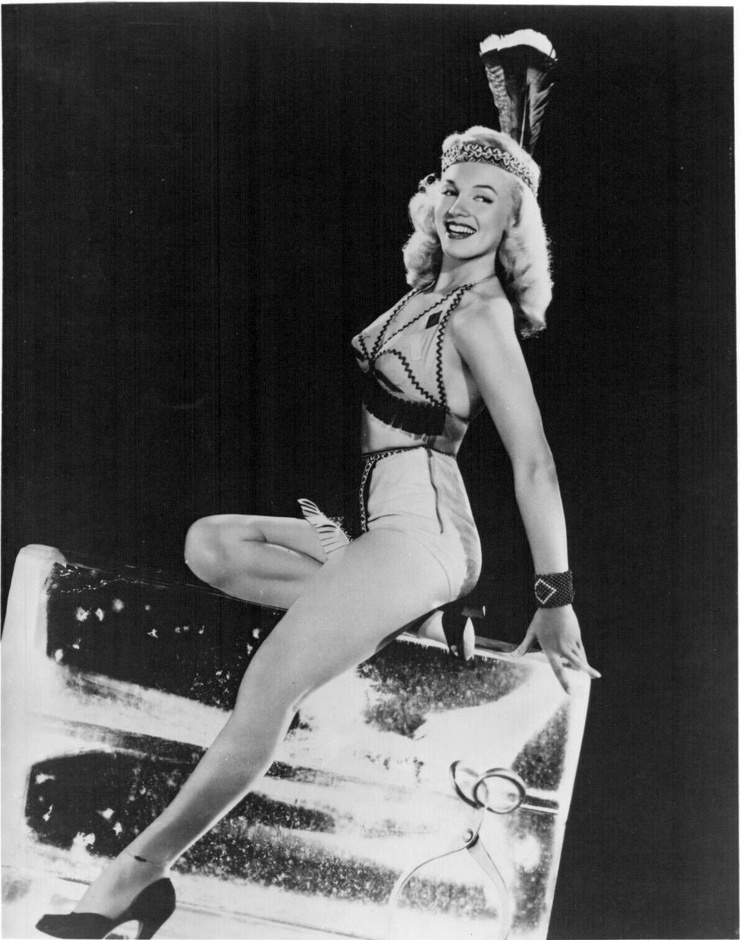
From Norma Jeane to Marilyn: A Childhood Forged in Struggle
Before she was Marilyn Monroe, she was Norma Jeane Mortenson, born on June 1, 1926, in Los Angeles. Her early life was a storm of instability — a mother struggling with mental illness, an absent father, and a childhood spent in foster homes and orphanages. She grew up craving stability and love, but the world offered her neither.
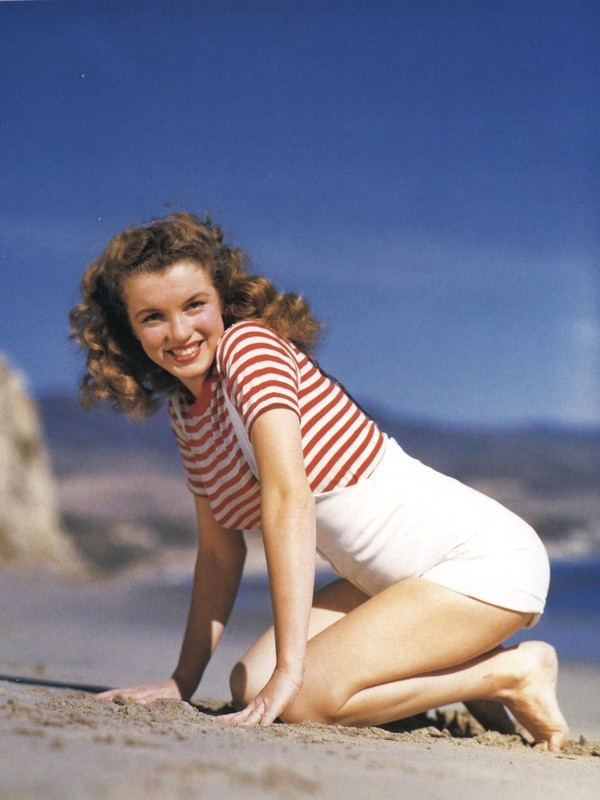
By sixteen, faced with returning to the orphanage, she made a desperate choice — marriage. She wed her neighbor, James Dougherty, in 1942. It wasn’t romance; it was survival. While he went to war, she worked in a munitions factory, spraying airplane parts. Then, fate intervened. A photographer spotted her, and those photos would change everything.
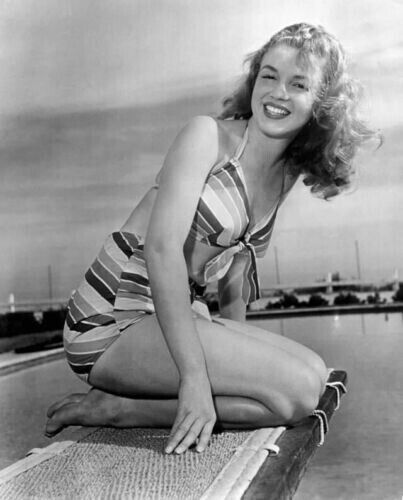
By 1946, Norma Jeane was gone, and Marilyn Monroe was born — a new name, a new identity, and a new dream. She bleached her hair blonde, signed a contract with Twentieth Century Fox, and set out to become more than just another face in Hollywood. She wanted to be unforgettable.
Video : Marilyn Monroe – Photos (Rare IV)
Hollywood’s Golden Girl: The Meteoric Rise of Marilyn Monroe
When Marilyn arrived in Hollywood, the city didn’t quite know what to make of her. She wasn’t an instant success — she was a spark waiting to ignite. Bit parts in The Asphalt Jungle and All About Eve showed glimpses of her talent, but her real breakthrough came with Niagara (1953). As a femme fatale wrapped in innocence, she made the camera fall in love.
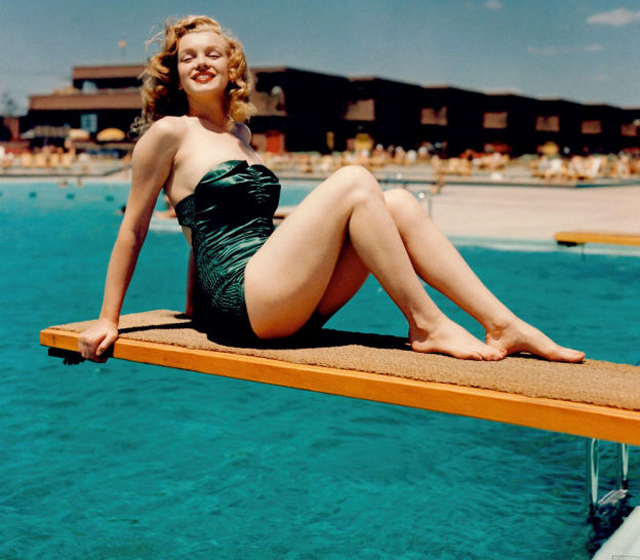
Then came Gentlemen Prefer Blondes the same year — her performance of “Diamonds Are a Girl’s Best Friend” became one of cinema’s most iconic moments. By The Seven Year Itch (1955), and that famous scene of her white dress billowing above the subway grate, Marilyn had become America’s ultimate symbol of sensuality.
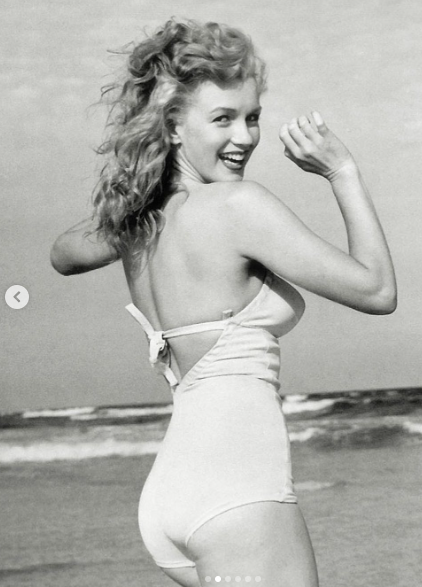
But she wasn’t just a pretty face. She studied acting at the Actors Studio in New York, determined to be taken seriously. Her performances in Bus Stop (1956) and Some Like It Hot (1959) proved her depth. The latter won her a Golden Globe and cemented her as a true performer. Beneath the glamour, Marilyn was waging a quiet war for respect in an industry that wanted her to stay silent and smile.
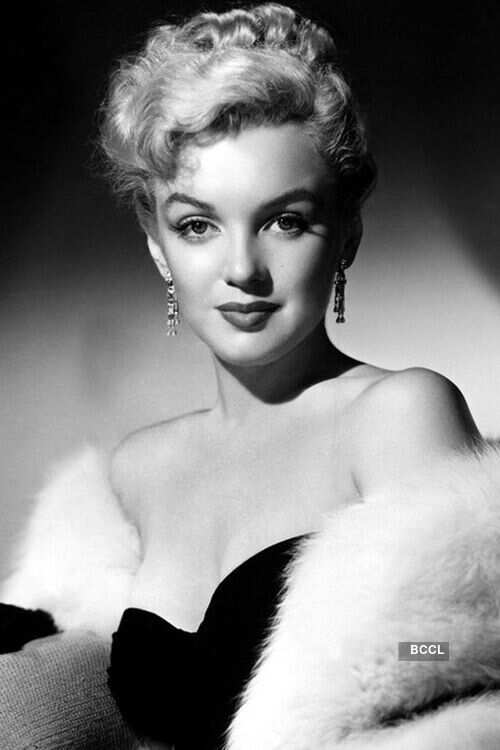
Marilyn’s Highs and Heartbreaks: The Loves That Defined Her
Love, for Marilyn, was both her escape and her undoing. Her marriage to baseball legend Joe DiMaggio in 1954 captivated the world. It seemed like a fairytale — America’s hero and Hollywood’s darling. But the reality was far from it. DiMaggio wanted a quiet wife; Marilyn was a star who refused to shrink. Jealousy, possessiveness, and clashing dreams tore them apart within nine months.
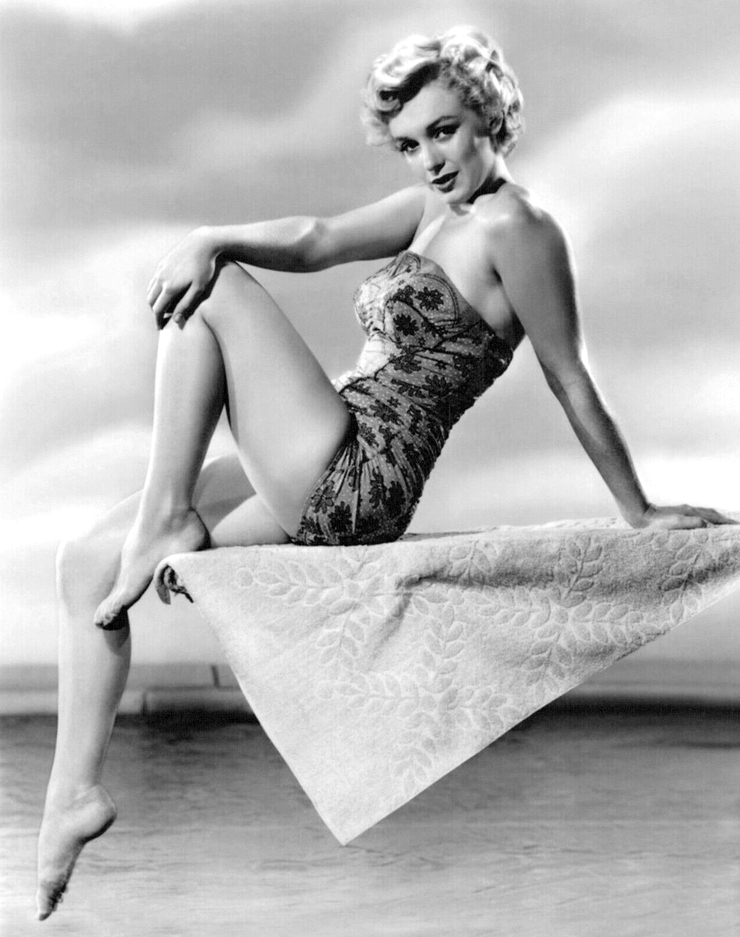
Her next marriage, to playwright Arthur Miller in 1956, promised intellect and understanding. She longed for someone to see her mind, not just her body. For a while, it worked — until the pressures of fame, her insecurities, and Miller’s growing disillusionment fractured their bond. They divorced in 1961.